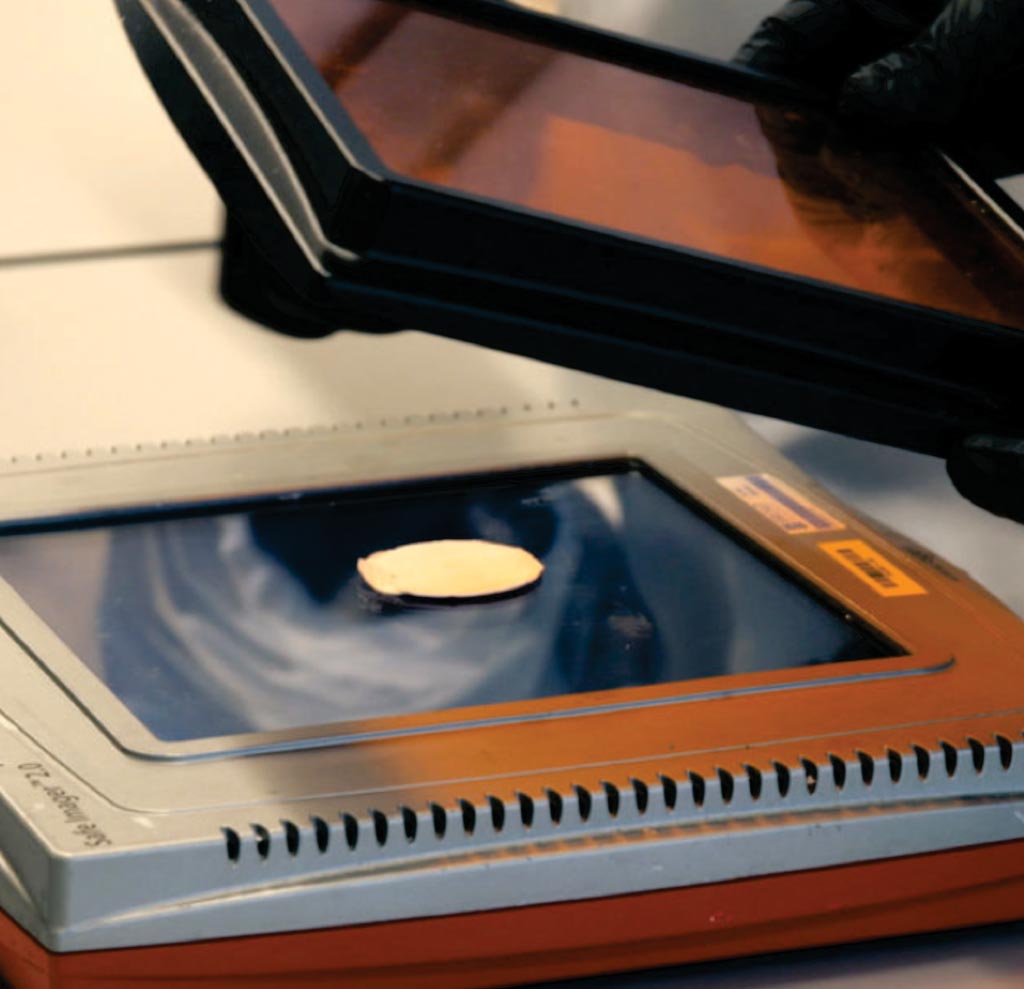Sensitive NA Detection Aids Pathogen Diagnoses
By LabMedica International staff writers
Posted on 26 Apr 2017
Rapid, inexpensive, and sensitive nucleic acid detection may aid point-of-care pathogen detection, genotyping, and disease monitoring, and can be used to diagnose infections, such as Zika and dengue, with a high level of sensitivity.Posted on 26 Apr 2017
The advancement could help facilitate rapid detection and diagnosis of many other pathogens, too. While some methods exist for detecting genetic sequences, they have trade-offs among sensitivity, specificity, simplicity, cost, and speed.

Image: The fluorescent signal demonstrated by the Specific High Sensitivity Enzymatic Reporter UnLOCKing (SHERLOCK) system using CRISPR-Cas (Photo courtesy of the Broad Institute).
A large team of scientists working with those at the Broad Institute searched for a more effective method of pathogen diagnostics turned to a clustered regularly interspaced short palindromic repeats- (CRISPR)-associated protein (CRISPR-Cas) system that targets ribonucleic acid (RNA). Binding the target RNA activates this particular Cas enzyme to promiscuously cleave nearby RNA. They exploited this by including a reporter RNA that releases a fluorescent signal when it is cleaved, and used a technique, called recombinase polymerase amplification, to further boost sensitivity.
The team combined the collateral effect of Cas13a with isothermal amplification to establish a CRISPR-based diagnostic (CRISPR-Dx), providing rapid DNA or RNA detection with attomolar sensitivity and single-base mismatch specificity. They used this Cas13a-based molecular detection platform, termed SHERLOCK (Specific High Sensitivity Enzymatic Reporter UnLOCKing), to detect specific strains of Zika and Dengue virus, distinguish pathogenic bacteria, genotype human DNA, and identify cell-free tumor DNA mutations.
The SHERLOCK platform could detect rather low titers of Zika virus in serum, urine, and saliva, and can also be used to measure viral load. The investigators found that the technique was effective at identifying various bacterial strains, even differentiating between strains of bacterial pneumonia with different resistance mutations. Lastly, the authors show that SHERLOCK can be used to detect different cancer mutations.
A SHERLOCK test can be redesigned and synthesized in a matter of days for as low as USD 0.61/test, the authors say, noting that the high sensitivity of the system opens new avenues for rapid, robust and sensitive detection of biological molecules. The SHERLOCK reaction reagents can be lyophilized for cold-chain independence and long-term storage, and readily reconstituted on paper for field applications. The study was published on April 13, 2017, in the journal Science.














